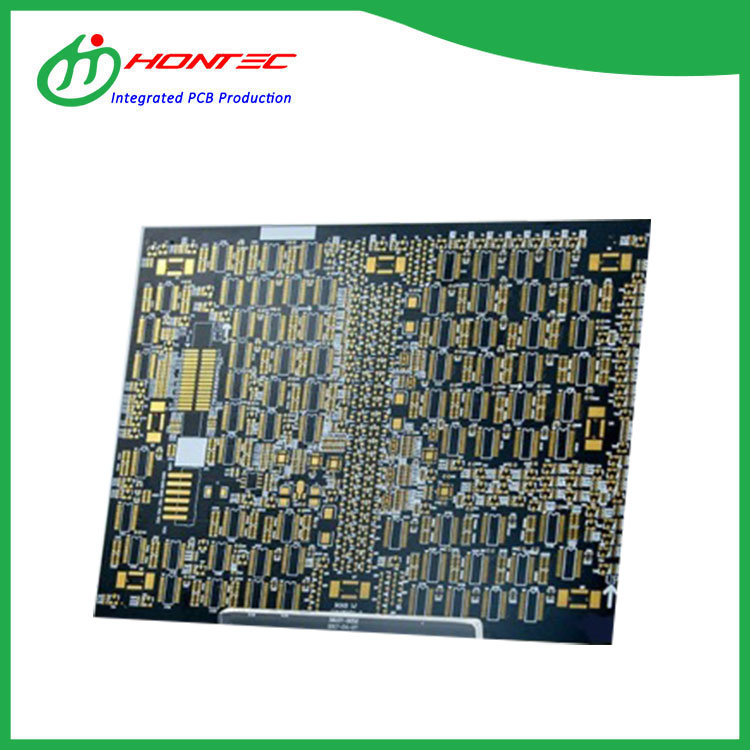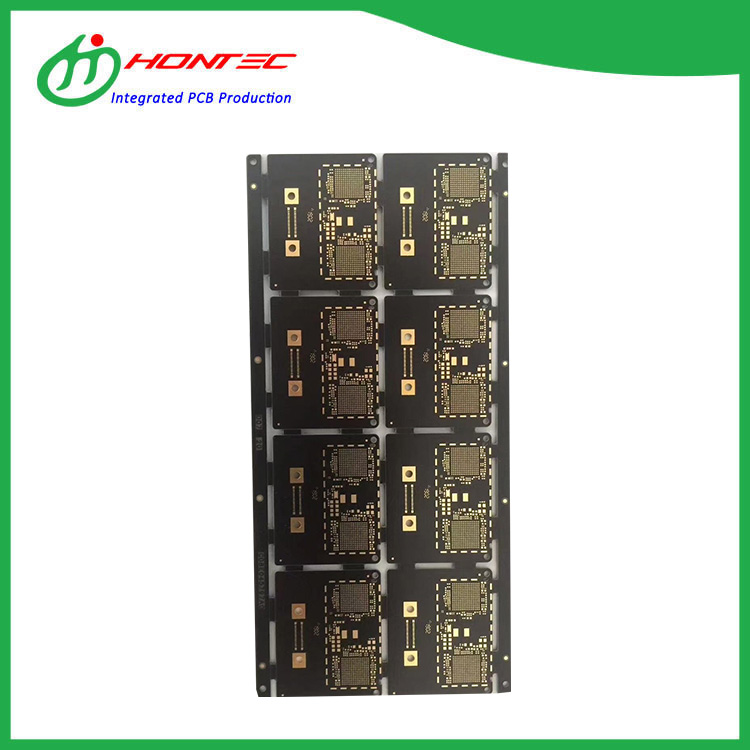The environment in an industrial workshop is different from that of ordinary places, especially in production and processing workshops. Summer temperatures are already high, and combined with the heat dissipation from the machines, temperatures in the workshop often reach over 60°C, and in some cases even reach 80°C. The HDI PCB in industrial control equipment are the "brains" of the equipment. If they are not heat-resistant enough, problems can easily arise. These include circuit aging, component loss, and even direct short circuits. If the equipment stops, the entire production line will be affected.

To determine the temperature resistance rating of an HDI PCB, you must first understand how hot the workshop can get. Different types of industrial workshops experience different high-temperature conditions. For example, in automotive assembly workshops and machining centers, welding equipment and large machine tools generate constant heat during operation, resulting in workshop temperatures typically ranging from 60°C to 70°C, and these temperatures are maintained for extended periods of time. Even more extreme situations exist, such as in metallurgical and glass production workshops. Temperatures near furnaces can reach 80°C-90°C. Even at a distance, the surrounding temperature must remain around 70°C. Furthermore, while some workshops may not typically experience particularly high temperatures, they can experience temperature fluctuations, such as rising to 70°C during the day and dropping back to 40°C at night. This repeated cycle of high and low temperatures places even higher demands on HDI PCBs for their temperature resistance. They must not only withstand the highest temperatures but also adapt to these temperature fluctuations.
Regardless of the type of industrial workshop, any HDI PCB used for long-term control equipment must have a temperature resistance rating of at least 60°C. This is because, even with excellent ventilation, it's difficult to keep the temperature below 60°C in most industrial workshops during the summer. Furthermore, the equipment itself generates heat, and the actual operating temperature of the HDI PCB can be 5°C-10°C higher than the ambient workshop temperature. If an HDI PCB's temperature resistance doesn't even reach 60°C, for example, only 50°C, it will soon experience problems.

For most industrial workshops, simply meeting the 60°C minimum is insufficient. It's best to choose HDI PCB with a temperature resistance of 70°C-80°C. This is because workshop temperatures fluctuate. For example, in summer, when direct sunlight hits the workshop roof, the temperature can rise by about 10°C. If equipment is operating at full capacity, heat dissipation increases, and the operating temperature of the HDI PCB rises even higher.
For extremely high-temperature workshops like those in metallurgy and glass processing, HDI PCB must have a higher temperature resistance rating, requiring a resistance of at least 90°C, and some even require a resistance of 100°C. Because these workshops are close to heat sources, the ambient temperature around the HDI PCB can reach 85°C-90°C. If the temperature resistance is insufficient, the solder joints on the PCBs can easily melt, causing components to fall off. Furthermore, these workshops are not only hot but also subject to alternating hot and cold weather. For example, when a furnace is shut down for maintenance, the workshop temperature can drop to around 50°C, then quickly rise to 90°C upon restart. This drastic change places even higher demands on HDI PCB's temperature resistance, requiring them to withstand not only high temperatures but also sudden temperature fluctuations. Therefore, for HDI PCB used in these workshops, in addition to considering the temperature rating, it's crucial to select models that can withstand thermal shock, such as those tested for cycling from -40°C to 100°C.